The group has begun to retreat from the region due to Turkish pressure, but even though they are withdrawing, they still retain influence in the region through their allies within the SNA. These allies largely consist of Turkmen-dominated groups who sided with the HTS during the battle. They have been left in place to govern the areas.
The sudden surge of HTS forces in northwestern Syria has shattered the fragile peace that had been present since mid-2020. Initially a reluctant governor, this radical group, which is recognized as a terrorist organization by the United Nations, has been seeking to expand its grasp and solidify its status as Syria's second largest rebel governor.
After a decade of fighting both domestically and internationally—with Iran, Russia, Turkey, and the United States all playing major roles— things have settled into an uneasy calm with no political solution on the horizon. Although there are still skirmishes, aerial attacks and incidents of violence, the large-scale conflict has not restarted.
HTS's seizure Afrin, a mostly Kurdish city until the Turkish incursion in 2018, coincided with two ongoing developments: Turkish President Recep Tayyip Erdogan said he would meet with his Syrian counterpart Bashar al-Assad, and Ankara increased its efforts to mediate between Moscow (Syrian regime's main backer) and Kyiv. Though it would have been logical for Turkey to decrease its support of pro-Turkish rebels in Syria after these developments, the opposite occurred. The HTS, which is the main target of Russia and the regime, gained control beyond Afrin into surrounding areas.
The HTS victory became Afrin's third exchange of hands since the beginning of the Syrian conflict in 2011. The historically Kurdish town, home to mountains known as the Kurdish Mountains, had strong support for the Kurdistan Workers’ Party (PKK) since the 1980s and 90s. Building up on the existing support, the PKK's allies, the People's Protection Forces (YPG), took control of the area from the earlier phases of the Syrian conflict and run the region until 2018.
In 2018, a Russian green-lighted attack saw Turkey, with political support from Europe, taking control of Afrin from the YPG. The PKK called for resistance against Turkey in the form of urban fighting within Afrin city, however YPG decided to leave the city with little fight.
The HTS is the latest reincarnation of a group that once operated as an expeditionary force dispatched to Syria by ISIS in Iraq. The organization later severed ties with ISIS and pledged allegiance to al Qaeda, becoming its official affiliate in Syria. Although the HTS was founded by individuals with ties to al Qaeda, the group has since distanced itself and now takes a more pragmatic approach adopting the Syrian uprising's secular language and engaging with external stake holders such as Turkey. The HTS leadership started to adopt a rhetoric where they partly replaced their strategic focus on military struggle with running day-to-day affairs of people. This new modus operandi sees them working as the primary force behind the Syrian Salvation Government (SSG), which controls an estimated 2.6 million residents in Idlib. The SSG is sustained mainly through economic ties to the outside world through Turkey. The international aid flowing into the region is also significant. The Turkish military is the only reason that the Syrian regime, supported by Russia and Iran, has not attacked and probably destroyed the HTS-backed government. The HTS’s renewed focus on governance was one of the drivers behind the its desire to expand territory under its control.
The SNA is, on the other hand, the on-paper armed forces of the Syrian Interim Government (SIG) that controls around 2.3 million Syrians. In reality, the SNA is not a unified force, but instead composed of various factions that form different legions that do not necessarily follow the guidance of the SIG's Defense Minister Salim Idriss. This lack of unity and infighting allows for chaos to reign within the over 8,000 square km area under control of the SIG. However, at a deeper level of reality, both the SIG and the SNA are strategically controlled by Turkey. Despite the infighting and chaos, the SIG administrations and the armed groups within the SNA operate strictly within the limits designated by Ankara.
The HTS’s victory in Afrin demonstrated that they are a force to be reckoned with even beyond Idlib. Against the SNA factions, the HTS didn't fight alone but reportedly received backing by SNA groups such as Ahrar al-Sham, Sultan Suleyman Shah Brigade and the Hamza Division. The HTS forces faced little resistance beyond some light skirmishes. HTS forces are now reported to have partially withdrawn from areas they had previously captured, following negotiations between SNA factions and Turkey. But their victory has proved three things.
The HTS's swift victory in Afrin has revealed the true nature of the Syrian National Army: that it is even weaker than generally thought, and will have no chance to survive even for a day without Turkish backing. Even though the opposing group had no air power and limited heavy weapons or advanced artillery, the SNA still collapsed. This army includes many fighters who have never battled the Syrian regime. The majority of them only put up a fight against the United States-backed Kurdish-led Syrian Democratic Forces (SDF).
I compared the governance performances of different rebel groups in Syria during a late-2017, European Council on Foreign Relations (ECFR)-funded field research study inside Syria. Many respondents interviewed during the study referred to groups that would later form parts of the SNA as 'thieves', rather than political groups. In fact, governance under different groups was found to be more respected and preferred in areas controlled by the SDF, ISIS, and earlier incarnations of HTS. The current state of the SIG and their military force the SNA shows that despite Turkish backing and funding, they failed to grow into a resilient political or military force.
Secondly, the HTS takeover revealed that poor governance was a significant factor allowing for quick collapse of the SNA. Most Kurds in Afrin disdain the HTS both ideologically and politically; however, since the 2018 Turkish incursions, some have stated they would prefer the HTS run Afrin instead of SNA factions. The latter are known for their anti-Kurdish attitude and violence against Kurds as reported by the United Nations and international human rights organizations. By contrast, the HTS holds rather an Islamist than a nationalist outlook.
After it took complete control over the city, HTS communicated and assured citizens of all ethnic affiliations through a statement on Telegram. “Our focus and appreciation lies with the Arab and Kurdish people, or more specifically, the displaced.” The statement read, “We would like to extend a special mention to our Kurdish brothers; they are the original occupants of these areas. Thus, it is only right that we protect them and provide services to them. "
Lastly, the HTS takeover of Afrin demonstrated that neither the SIG nor its parent organization the National Coalition for Syrian Revolutionary and Opposition Forces, better known as Etilaf, are unlikely to have any role in Syria's future.
Although the HTS-backed SSG and the SDF-backed Autonomous Administration of North and East Syria (AANES) were not invited to any international platforms discussing a political solution to the Syrian Crisis, they would be forces that internal or external stakeholders would have to reckon with because of the backing they secured from the public because of their relatively more reliable governance performance.
The SSG and the AANES have different governing styles. While the former is institutionally weak, with little structure in place; AANES has a more developed bureaucracy with more sophisticated and holistic governance structure.
The future looks bleak for the groups under Turkish control in Northern Syria. They are unable to establish themselves as a reliable political and military force, and they have poor governance practices. As Turkish and Syrian executives talk about a potential meeting, and Syria being only one part of the deepening complex relationship between Turkey and Russia, the pro-Turkish Syrian groups will have very little agency to have a say on their own future.
Forbes
Reporter's code: 50101

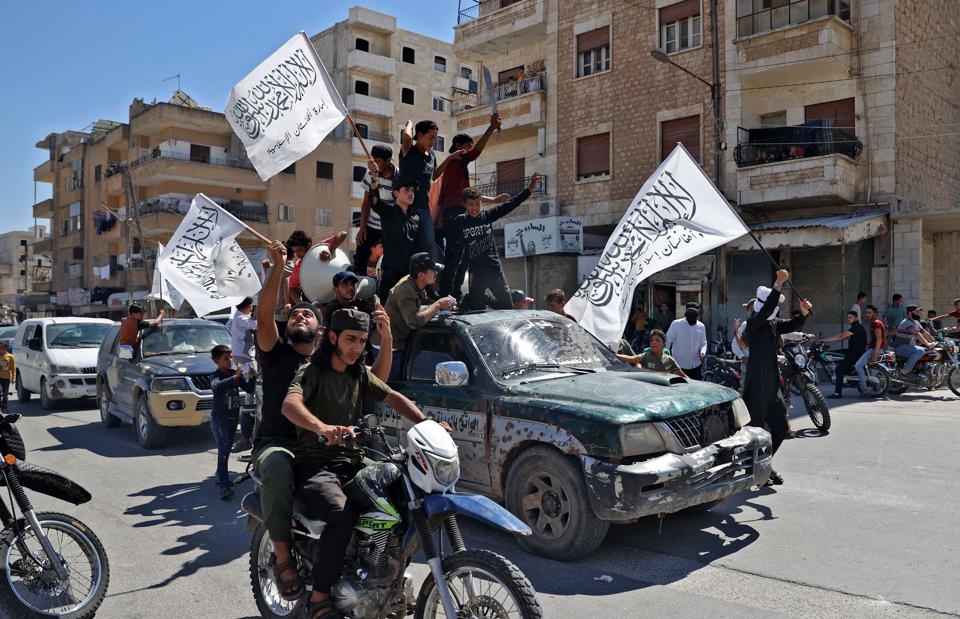
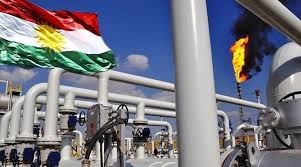
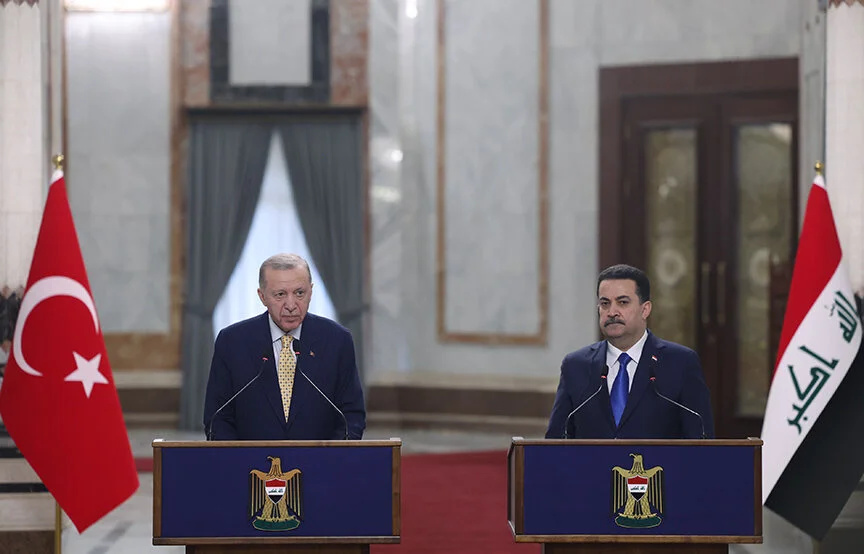
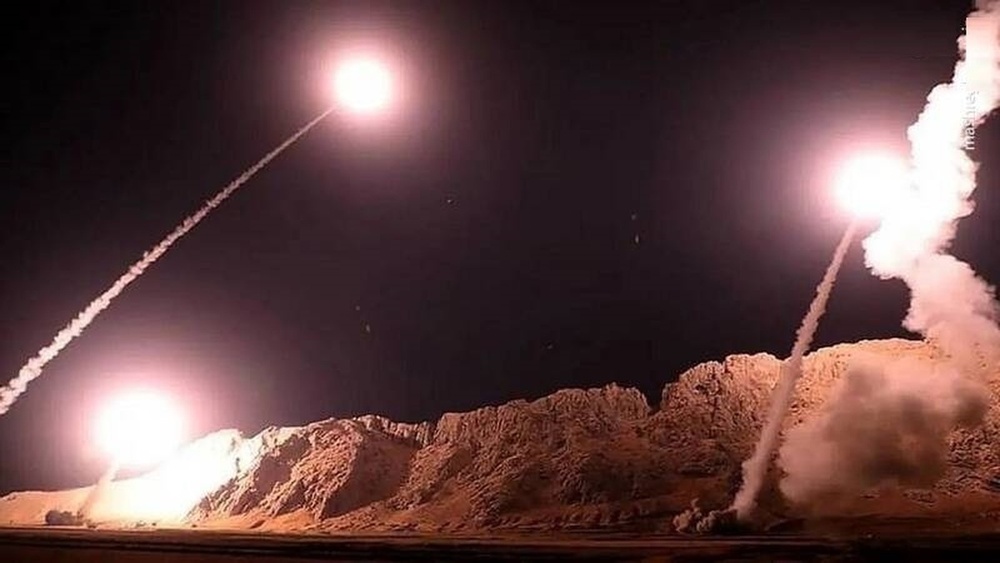
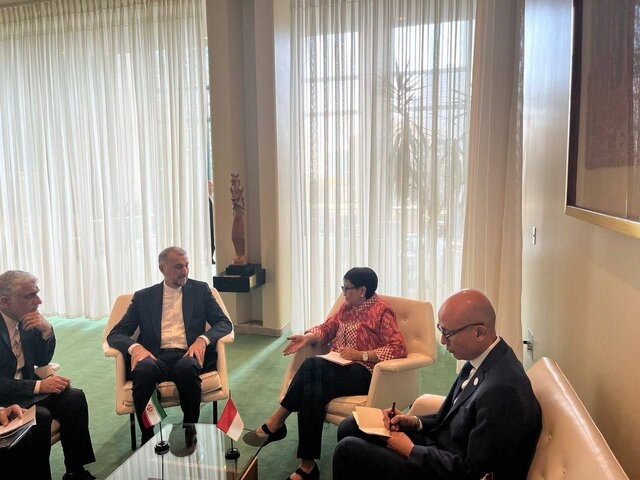

Your Comment